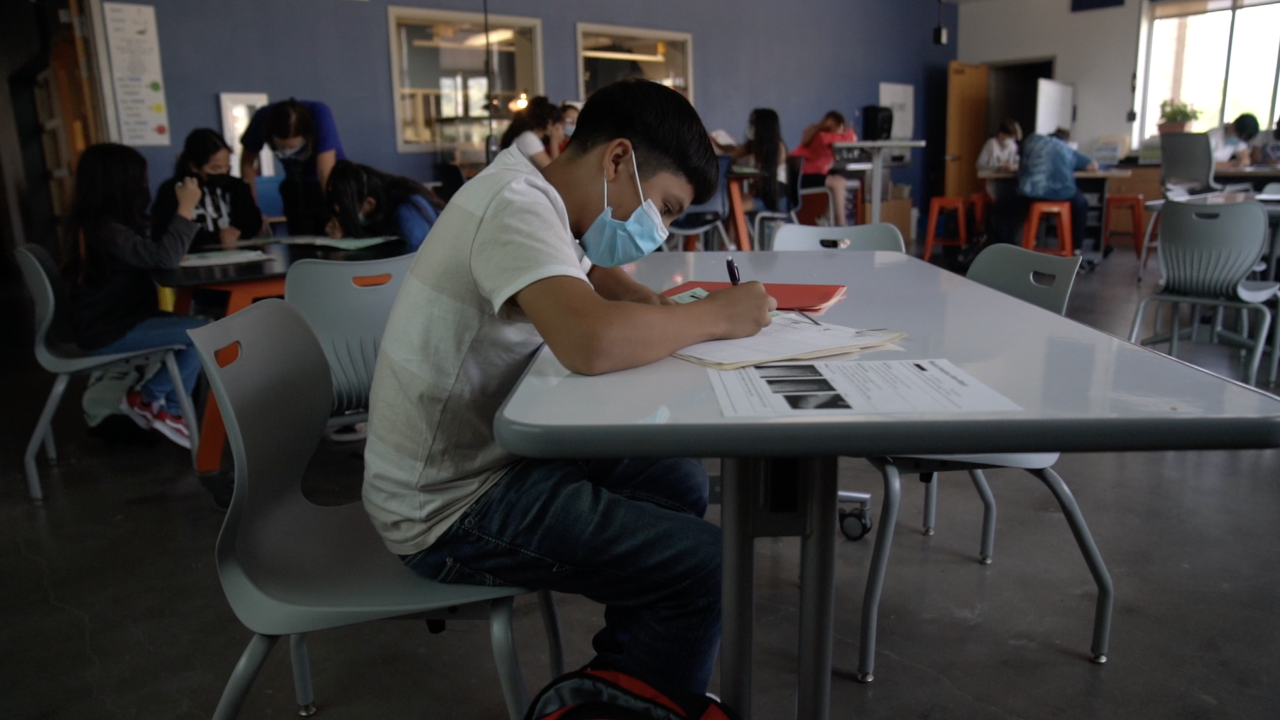BRIGHTON, Colo. — School districts across the country are feeling the weight of employee shortages, including paraeducators and paraprofessionals.
“We have medically fragile students that require one-on-one supervision,” said Michal Clow, the director of human resources for the Colorado school district 27J. “We have to provide that supervision. We have to keep them safe. Literally, they rely on those staff members for their lives every day.”
Ever since the pandemic started, school districts across the country have been struggling to keep employees.
According to a Frontline Education survey, in 2021 75% of school districts in cities reported shortages. Thirty-five percent of districts reported having shortages in paraprofessionals and paraeducators.
“When things started to go online and students were no longer going to the classrooms the role of paraeducator had to shift and change,” said Less Thomas, the director of education at Pierce College. “A lot of school districts didn’t know what to do with their paras. So, they’re experiencing this turnover where their paras are becoming certificate teachers. Part of the issue is that para’s make around minimum wage or a little more. So, they’re thinking ‘if I can make substantially more money just by going to a couple more years of school, why wouldn’t I do that?’”
According to Clow, students desperately need paras.
“These are critically important to many of our students and many of our classrooms and they take some of the burden off our teachers so they can focus on teaching and instruction,” Clow said. “And some of the administrative tasks that happen in the classroom, so they support a wide range of important tasks that happen every day.”
Clow said their district is down paras by 10%, which is why it changed tactics to recruit.
“From a financial standpoint, there’s not a pool of money to pull from. We certainly can’t raise revenue like a private business could do,” Clow said. “Our line of recruiting has changed – typically we say that these are benefitted positions and it’s a stable job and you get to be on your kids’ schedule, we’ve changed our thinking a little bit on the recruiting side by saying these our flexible jobs. That flexibility seems to be potentially a bigger draw than the benefits and the stability.”
To combat the shortage, Shirley Dawson at Weber University said the school created a paraeducator and paraprofessional certificate program that grants students free tuition.
“At Weber State, right now, we are actively in the process of preparing seventy future or current paraeducators,” Dawson said. “Financial support is often the greatest stumbling block for paraeducators entering the field. If we can support paraeducators by removing the barrier the flood gates just open it seems with people that are interested.”
School districts hope these programs and tactics will bring more paras back to where they’re needed most, in the classroom.



